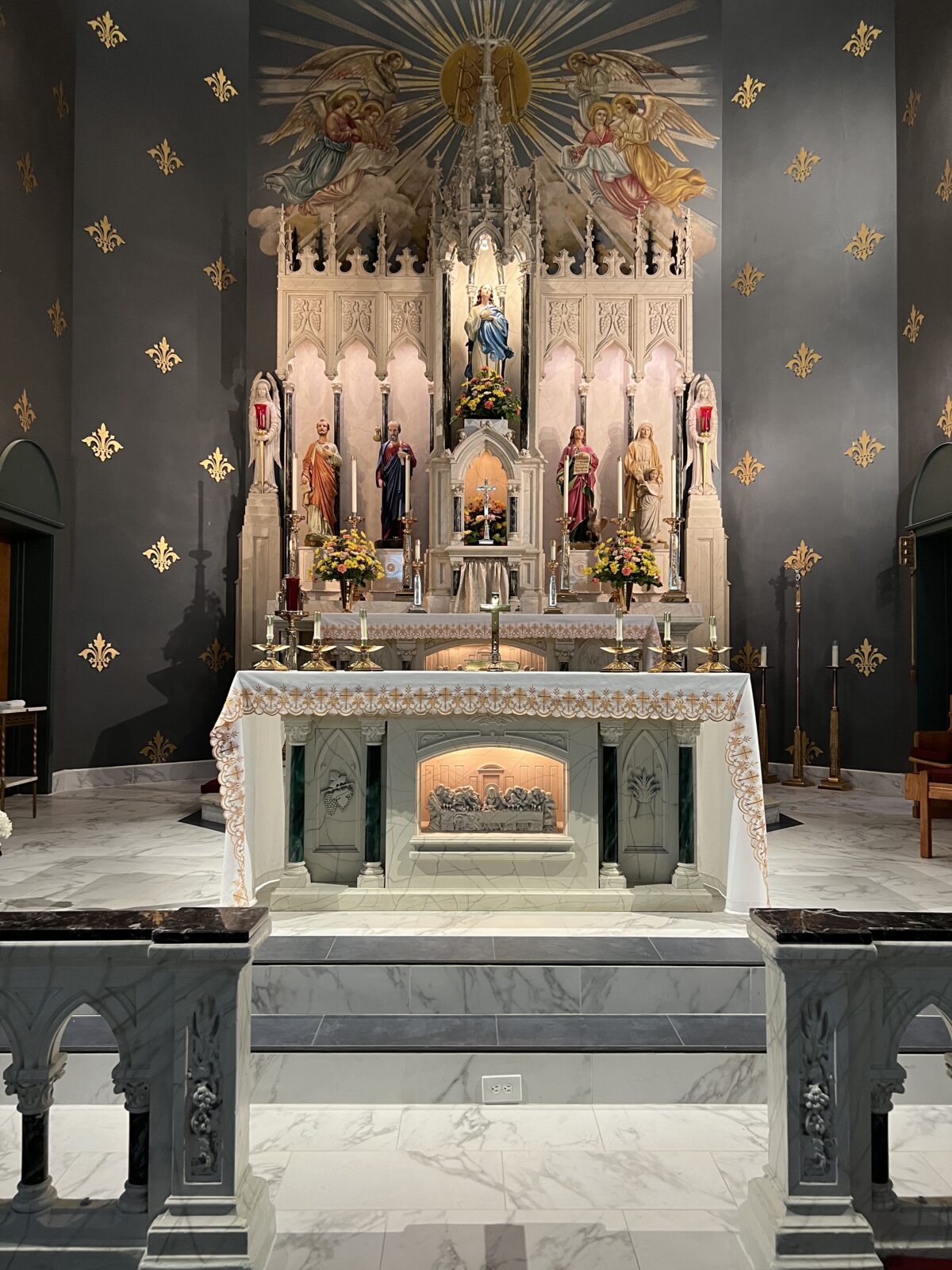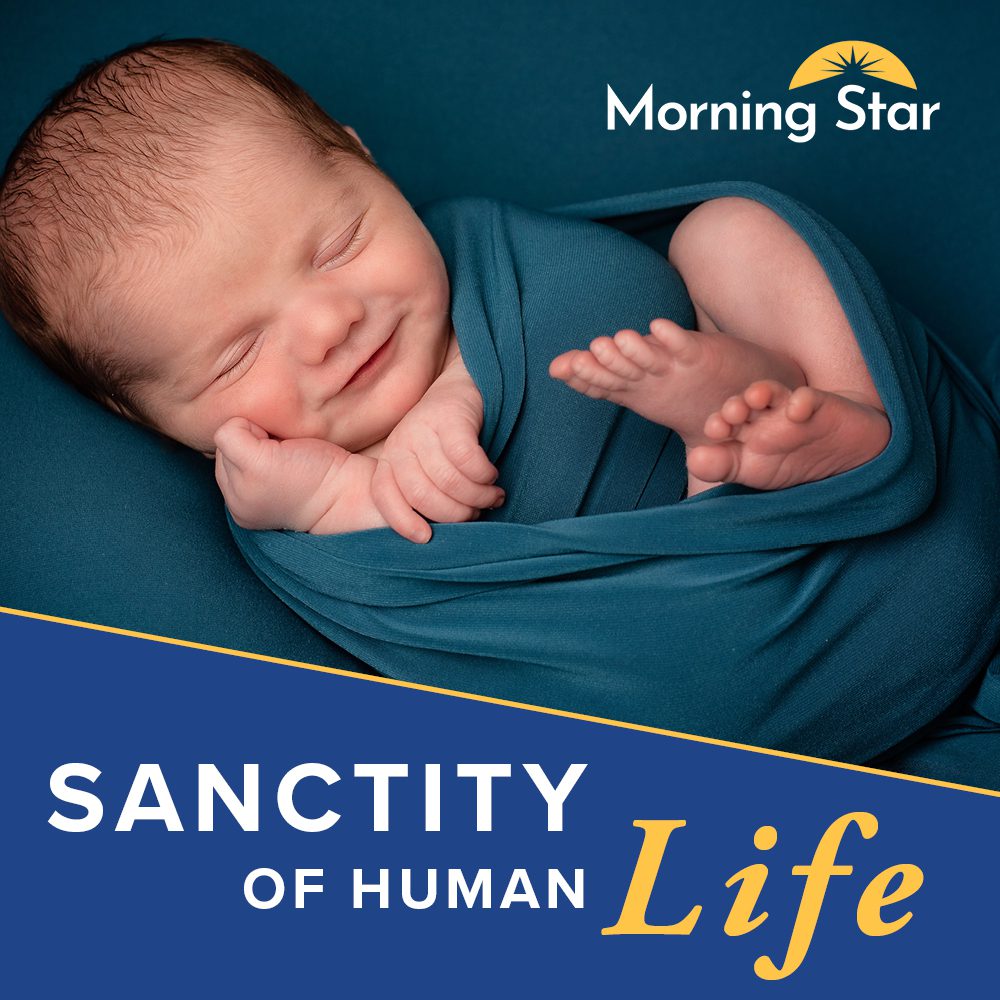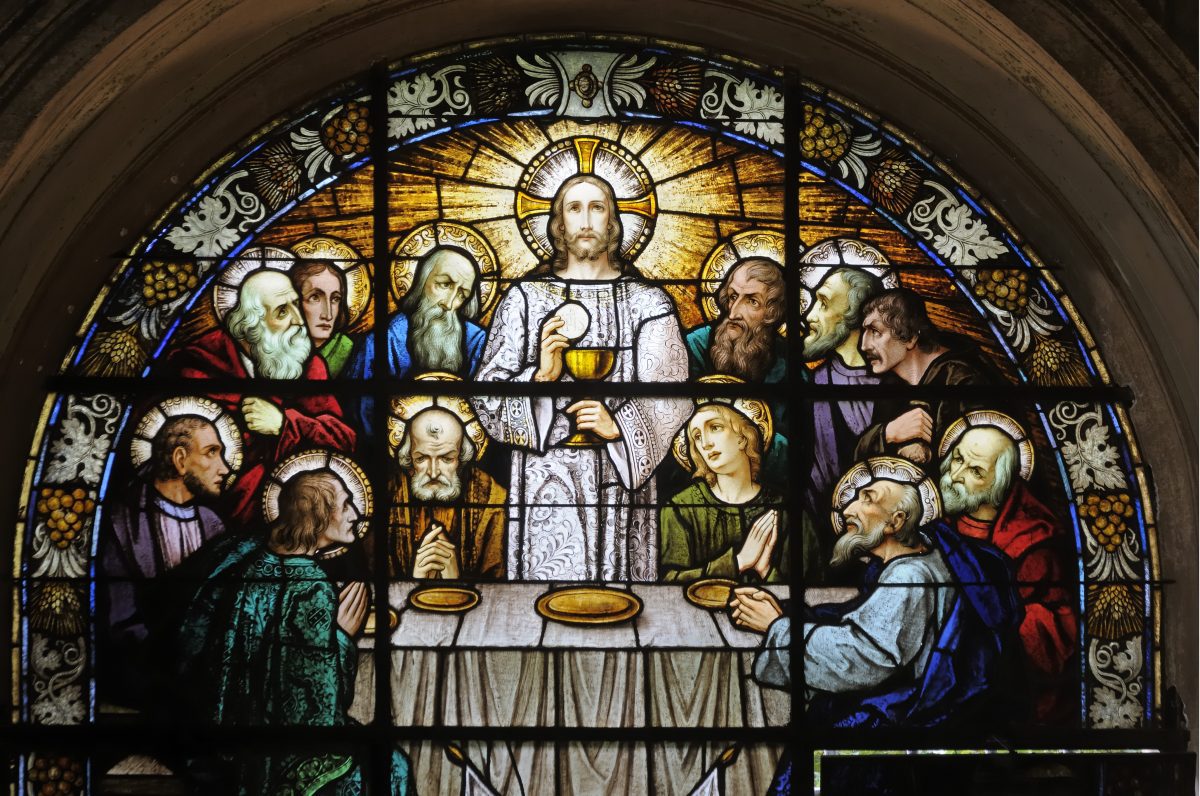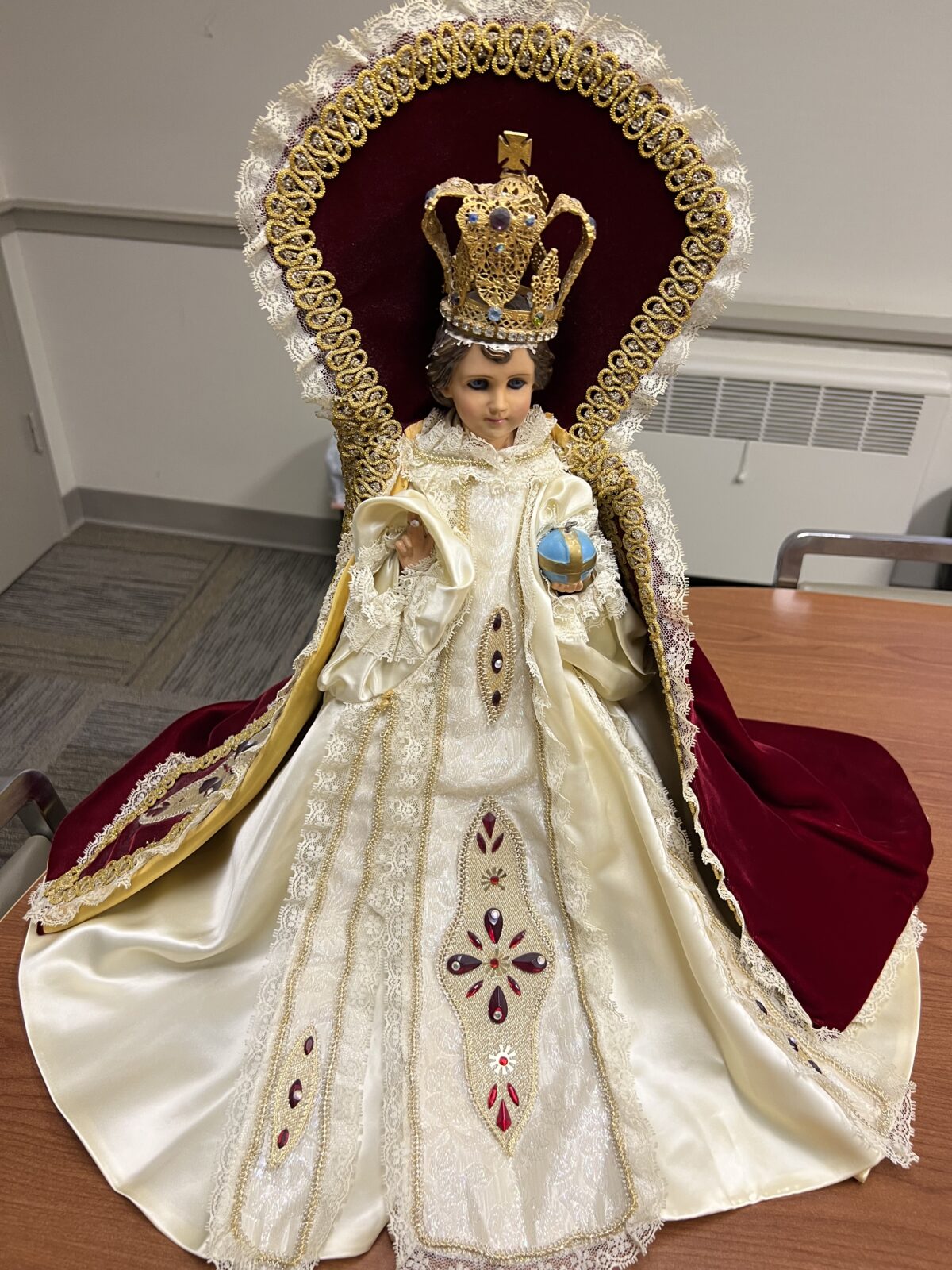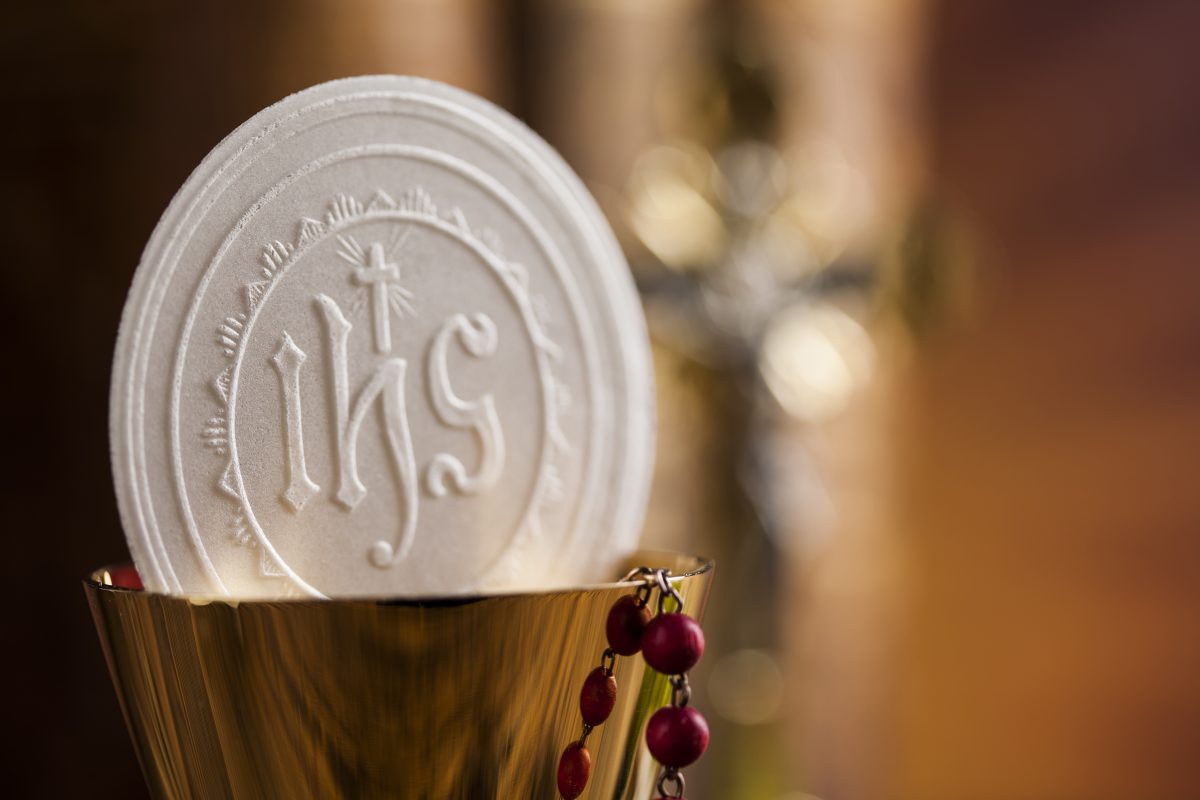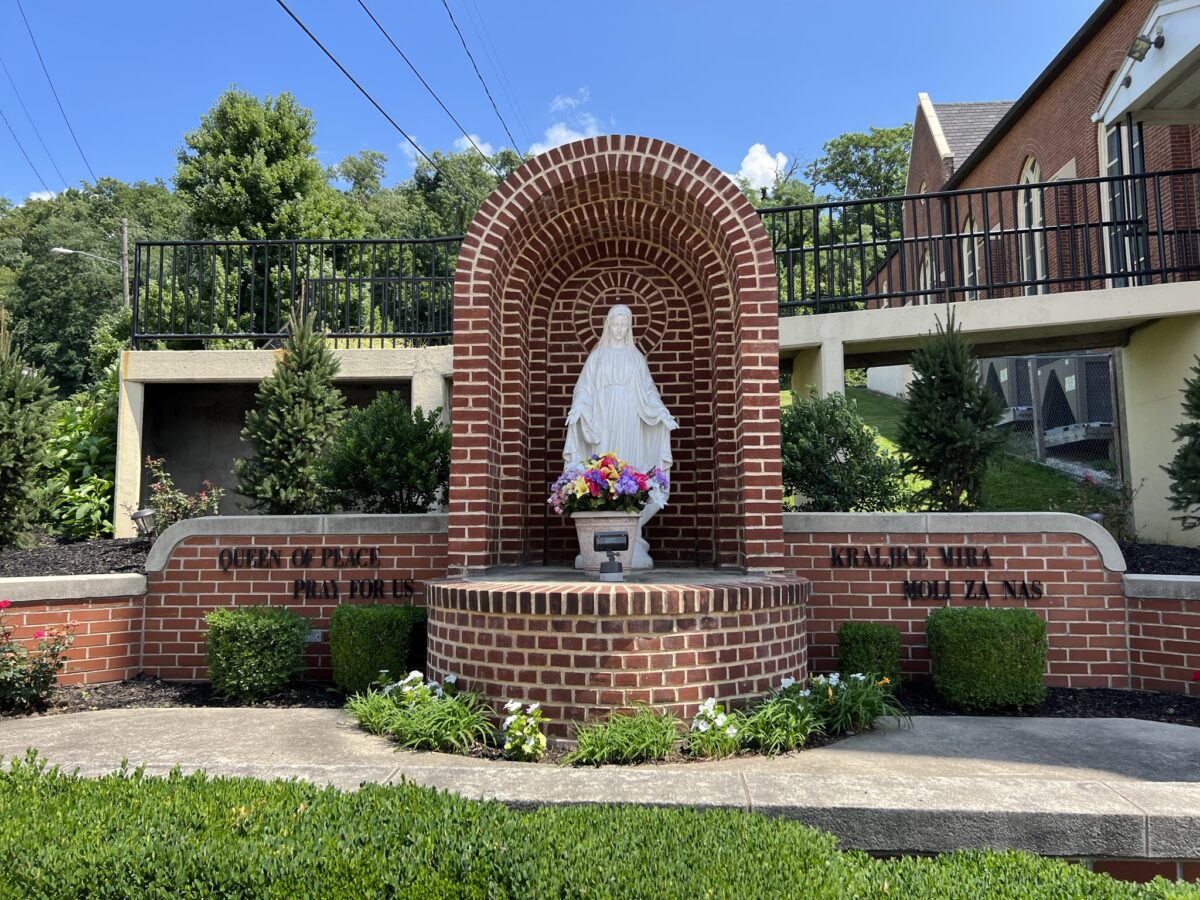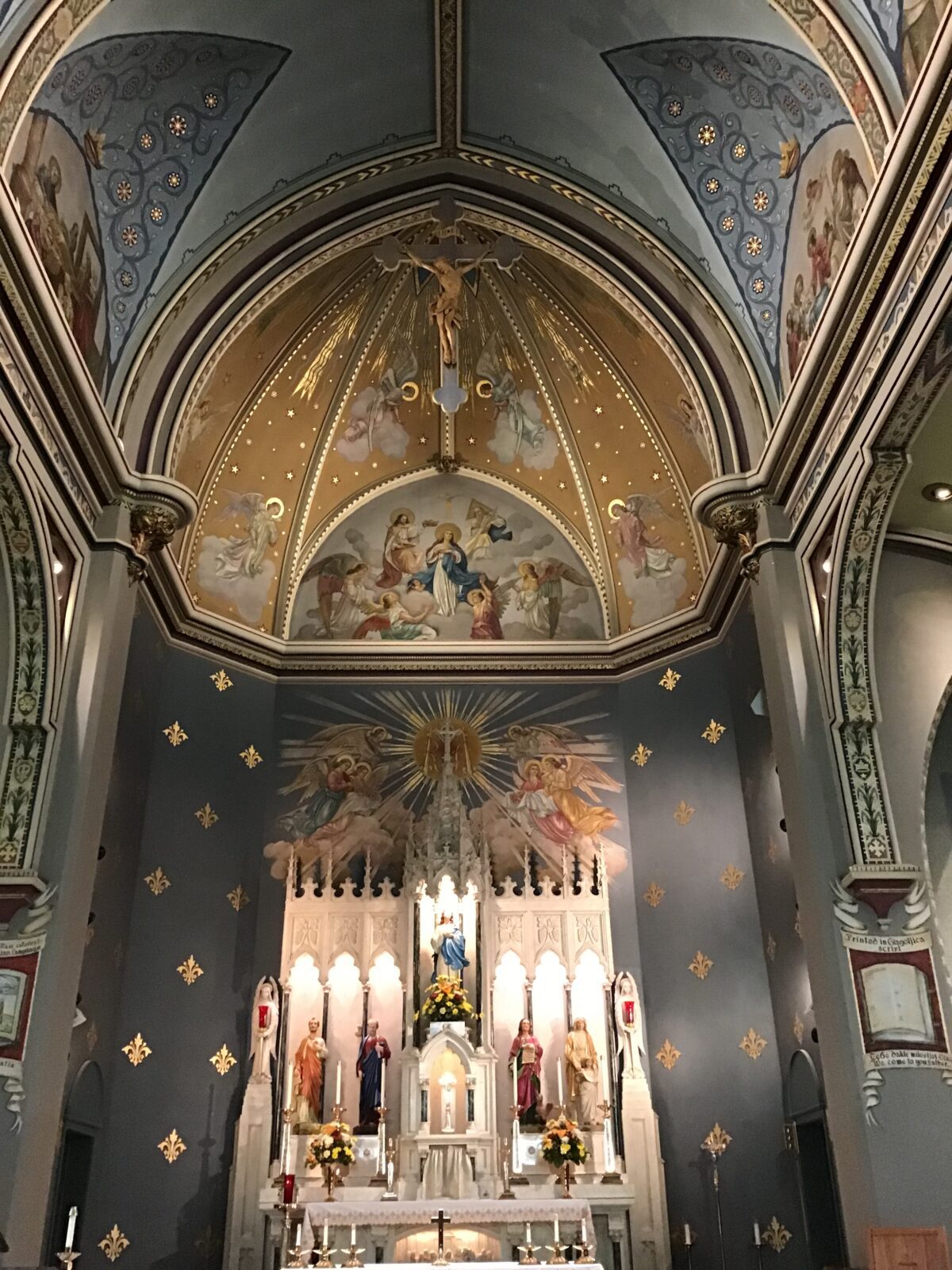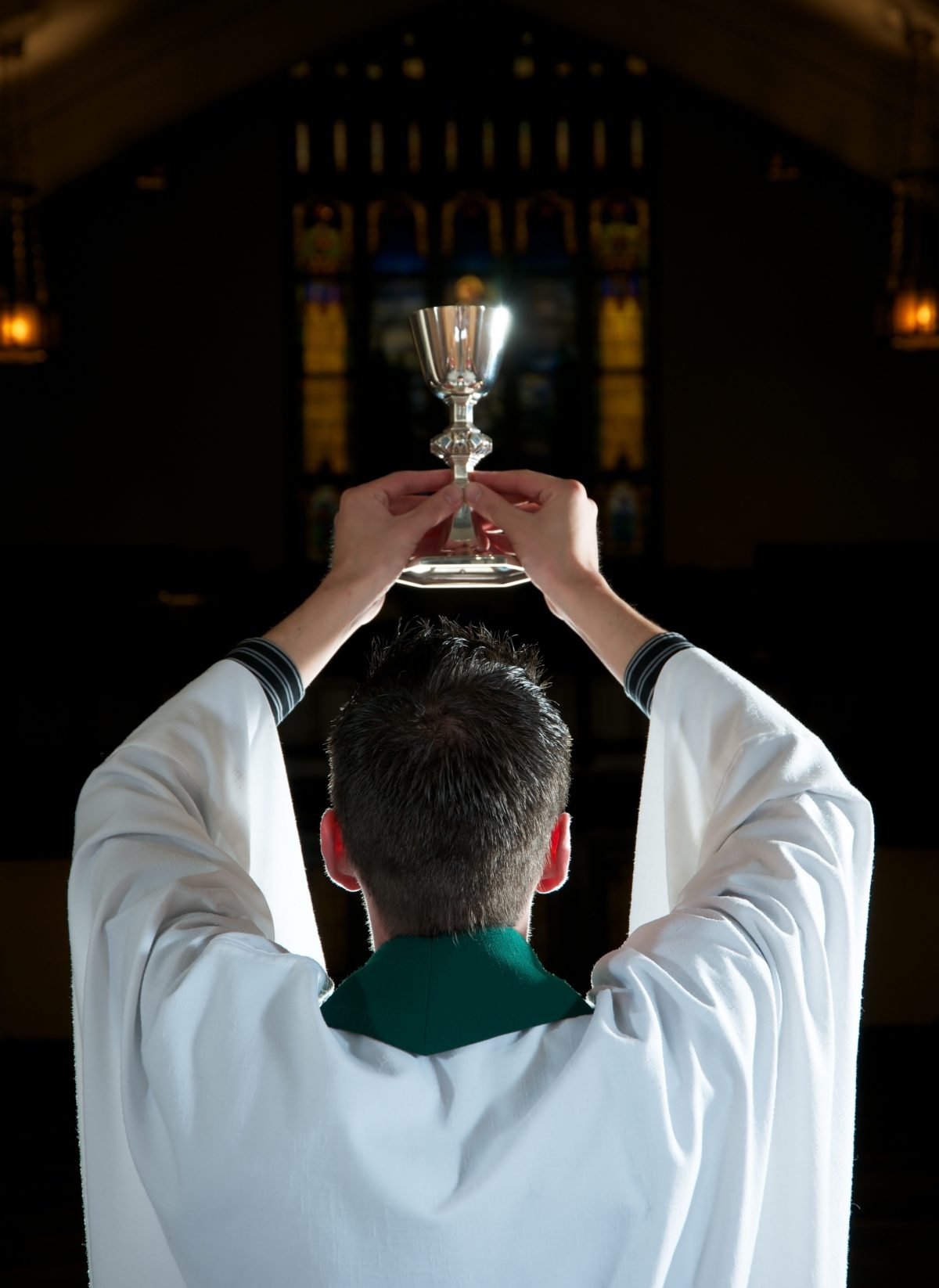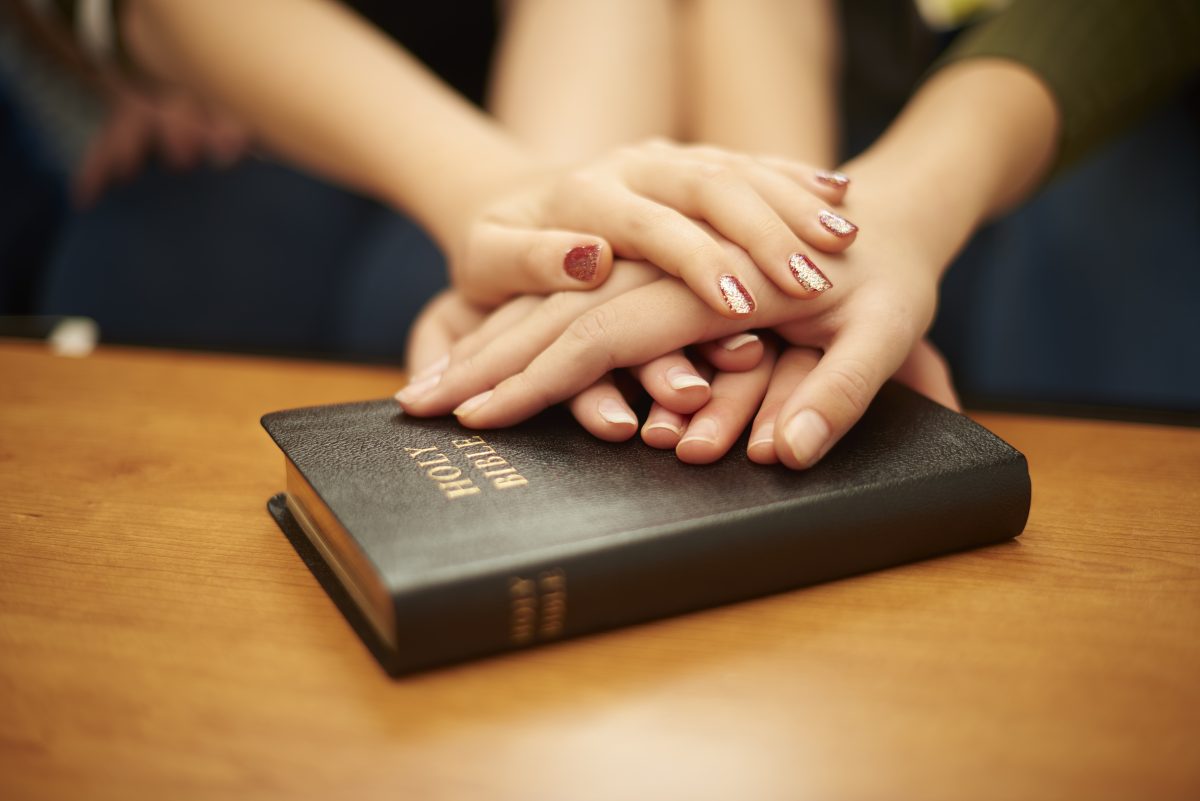Confessions are scheduled every Saturday in our Parish Church from 3 pm to 3:30 pm. Our Saturday Vigil Mass at 4:00 pm and Sunday Mass at 8:30 am and 10:30 am will be celebrated in our Parish Church and the doors will open 1/2 hour prior to the start of Mass.
Mass will be live streamed every Sunday morning at 10:30 am on our Facebook page, MyParish App and on our webpage (popsteelton.org). For those of you who do not have a computer, you may listen to the Mass on your phone by calling the below toll free number: 1-855-635-1965
You may tune your radio station to 90.7 FM and listen to the Mass in your car in the back parking lot. You would need to come into our Parish Church to receive the Holy Eucharist.
Blessing and glory, wisdom and thanksgiving, honor, power and might be to our God forever and ever. Amen. Alleluia!
LITURGICAL SERVICES AND PARISH ACTIVITIES 2024:
July 26: Saints Joachim and Ann. Parents of the Blessed Virgin Mary
July 26: Novena to St. Ann at 6:00 pm. Reception to follow in Parish Center.
July 27: Vigil Mass at 4:00 pm-Seventeenth Sunday in Ordinary Time
July 28: Seventeenth Sunday in Ordinary Time. Mass at 8:30 and 10:30 am
July 28: Knights of Columbus “All You Can Eat Breakfast” from 9 am to 12 noon
July 29: No Morning Mass
July 30: Saint Peter Chrysologus
July 30: Morning Mass at 7:00 am
July 31: Saint Ignatius of Loyola
July 31: Morning Mass at 7:00 am
August 1: St. Alphonsus Liguori
August 1: Morning Mass at 7:00 am
August 2: Sts. Eusebius of Vercelli, St. Peter Julian Eymard
August 2: Morning Mass at 7:00 am
August 3: Vigil Mass 18th Sunday of Ordinary Time at 4:00 pm
August 4: 18th Sunday in Ordinary Time. Mass at 8:30 and 10:30 am
August 5: The Dedication of the Basilica of St. Mary Minor
August 5: No Mass
August 6: The Transfiguration of the Lord
August 6: Morning Mass at 7:00 am
August 6: National Night Out Highspire Memorial Park 6 pm to 8 pm
August 6: Knights of Columbus Meeting at 7:00 pm in Parish Office
August 7: St. Sixtus II, Pope & Companions
August 7: Morning Mass at 7:00 am
August 8: St. Dominic
August 8: Morning Mass at 7:00 am
August 9: St. Teresa Benedicta of the Cross
August 9: Altar Server Night Out with Fr. Arena: Challenge Family Fun Center 6-8 pm. Mini Golf and Bowling
August 10: Vigil Mass 19th Sunday in Ordinary Time at 4:00 pm
August 11: 19th Sunday in Ordinary Time: Mass at 8:30 and 10:30 am
August 12: St. Jane Frances de Chantal
August 12: No Morning Mass
August 13: Sts. Pontian and Hippolytus
August 13: Morning Mass at 7:00 am
August 14: St. Maximillian Kolbe
August 14: Morning Mass at 7:00 am
August 14: Vigil Mass Assumption of the BVM at 5:30 pm
August 15: Assumption of the Blessed Virgin Mary: Mass at 9 am and 6 pm
August 16: St. Stephen of Hungary
August 16: Morning Mass at 7:00 am
August 17: Vigil Mass 20th Sunday in Ordinary Time at 4:00 pm
August 18: 20th Sunday in Ordinary Time: Mass at 8:30 and 10:30 am
August 19: St. John Eudes
August 19: No Morning Mass
August 20: St. Bernard
August 20: Morning Mass at 7:00 am
August 21: St. Pius X, Pope
August 21: Morning Mass at 7:00 am
August 22: The Queenship of The Blessed Virgin Mary
August 22: Morning Mass at 7:00 am
August 23: St. Rose of Lima
August 23: Morning Mass at 7:00 am
August 24: St. Bartholomew
August 24: Vigil Mass 21st. Sunday in Ordinary Time at 4:00 pm: Mission CoOp Weekend-Fr. Raja
August 25: 21st. Sunday in Ordinary Time: Mass at 8:30 and 10:30 am: Mission CoOp Weekend-Fr. Raja
August 26: No Morning Mass
August 27: St. Monica
August 27: Morning Mass at 7:00 am
August 28: St. Augustine
August 28: Morning Mass at 7:00 am
August 29: The Passion of St. John the Baptist
August 29: Morning Mass at 7:00 am
August 30: Morning Mass at 7:00 am
August 31: Vigil Mass 22nd Sunday in Ordinary Time at 4:00 pm
September 1: 22nd Sunday in Ordinary Time: Mass at 8:30 and 10:30 am
September 2: Labor Day-National Holiday-Office Closed
September 2: Morning Mass at 9:00 am

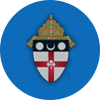




 815 S 2nd St, Steelton, PA 17113
815 S 2nd St, Steelton, PA 17113 (717)985-1330
(717)985-1330 office@popsteelton.org
office@popsteelton.org
